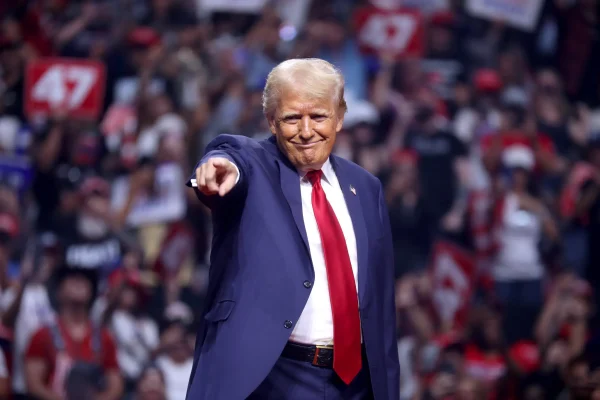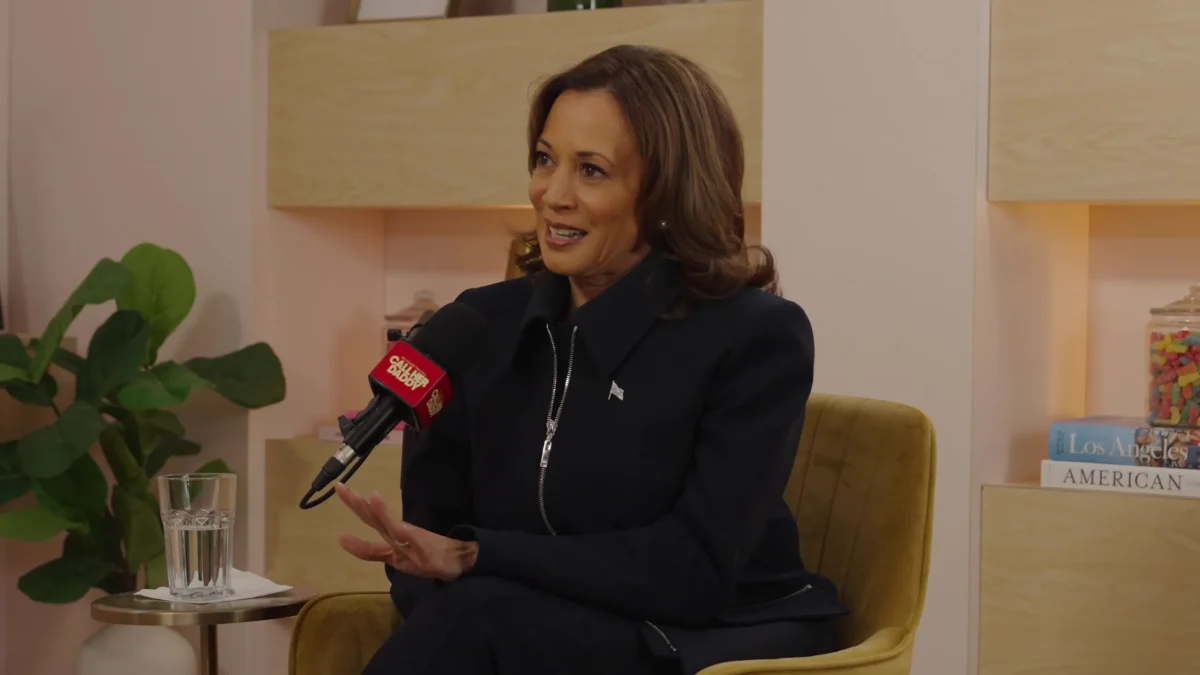$54.7 million. That’s how much Vice President Kamala Harris’s 2024 campaign has spent on advertisements on Meta, according to Newsweek. It’s no secret that social media is where most of the younger generation receives their news from, including the latest updates on the presidential election.
The Analog Days
For Gen Z and beyond, it feels as if social media has always been with us from day one. This hasn’t always been the case. Before 2008, presidential campaigns were advertised through newspapers, radio and television shows.
It was in 2008, during former President Barack Obama’s run for presidency, when social media was used for campaign advertising for the first time. This gesture with Obama’s campaign marked the beginning of social media platforms for many succeeding political campaigns, presidential or not.

Social media platforms such as Instagram or X are used to post one’s daily life and thoughts; voters and constituents have never connected with politicians on such an intimate level, with social media platforms allowing politicians to share a piece of their personal lives and what values they uphold within their communities.
Social media is seen to humanize the politicians, who may have previously been seen as authoritative figures unrelatable to the average voter. However, with feeling the need to constantly overshare, politicians have lost a piece of their private lives, much like celebrities who struggle to separate their professional lives from their private lives.
Many politicians are also known to be assertive with their thoughts on social media, using social media as a platform of argument.
X, previously known as Twitter, was a prominent platform for aggressive politics and chains of arguments. President-elect Donald Trump was suspended from X following the Jan. 6 attacks of 2021, for “risk of further incitement of violence,” according to X. Soon after, Trump created his own social media platform named Truth Social, where he freely shares his opinions without restriction.
Connecting with the younger generation
According to Pew Research Center, approximately a third of U.S. adults under 30 regularly get their news on TikTok. Recent political candidates are strategizing to target younger audiences by involving themselves in trends and forms of media most familiar to these voters.
An example of this is Harris’s campaign with “Brat,” the newest album of British pop artist Charli XCX. Their collaboration sprouted into a viral sensation and increased numbers on Harris’ polls. Harris also has been making appearances on popular young-audience-targeted podcasts and YouTube content, such as the Wired Autocomplete Interview on the Wired magazine’s YouTube channel.
On Sept. 10, pop artist Taylor Swift made an Instagram post announcing her endorsement of Harris and Tim Walz’s campaign. Swift posted a link to a U.S. voter information site, which led more than 400,000 visitors into the site within 24 hours, according to a spokesperson for the General Service Administration. Swift’s endorsement made an undeniable impact on the flow of the 2024 election.
SNL

A timeless program that could be argued as a form of political advertisement, Saturday Night Live first made its debut in 1975 and is still making Americans laugh today. The show’s impressions of politicians always attract the attention of the public, fans of the show or not. Recently, comedian and actress Maya Rudolph’s impression of Harris has been re-gaining popularity for the humor brought with its striking accuracy, especially with her iconic imitation of Harris’ laugh. These political skits can have a notable impact on the way the public views the imitated politician, both in positive or negative light.
Although social media can be full of misinformation and aggression when it comes to politics, in today’s age it is a crucial part of advertisement in politicians’ campaigns and is playing a big role in shifting the political scene in 2024.
From the November 2024 Issue of tjTODAY


